![]()
(It is especially important to read the opening quotes this week. They set up the theme in the proper context.)
“There is no means of avoiding the final collapse of a boom brought about by credit expansion. The alternative is only whether the crisis should come sooner as the result of a voluntary abandonment of further credit expansion, or later as a final and total catastrophe of the currency system involved.”
– Ludwig von Mises
“No very deep knowledge of economics is usually needed for grasping the immediate effects of a measure; but the task of economics is to foretell the remoter effects, and so to allow us to avoid such acts as attempt to remedy a present ill by sowing the seeds of a much greater ill for the future.”
– Ludwig von Mises
“[Central banks are at] serious risk of exhausting the policy room for manoeuver over time.”
– Jaime Caruana, General Manager of the Bank for International Settlements
“The gap between the models in the world of monetary policymaking is now wider than at any time since the 1930s.”
– Benjamin Friedman, William Joseph Maier Professor of Political Economy, Harvard
To listen to most of the heads of the world’s central banks, things are going along swimmingly. The dogmatic majority exude a great deal of confidence in their ability to manage their economies through whatever crisis may present itself. (Raghuram Rajan, the sober-minded head of the Reserve Bank of India, is a notable exception.)
However, there is reason to believe that there have been major policy mistakes made by central banks – and will be more of them – that will lead to dislocations in the markets – all types of markets. And it’s not just the usual anti-central bank curmudgeon types (among whose number I have been counted, quite justifiably) who are worried. Sources within the central bank community are worried, too, which should give thoughtful observers of the market cause for concern.
Too often we as investors (and economists) are like the generals who are always fighting the last war. We look at bank balance sheets (except those of Europe and China), corporate balance sheets, sovereign bond spreads and yields, and say it isn’t likely that we will repeat this mistakes which led to 2008. And I smile and say, “You are absolutely right; we are not going to repeat those mistakes. We learned our lessons. Now we are going to make entirely new mistakes.” And while the root cause of the problems, then and now, may be the same – central bank policy – the outcome will be somewhat different. But a crisis by any other name will still be uncomfortable.
If you look at some of the recent statements from the Bank for International Settlements, you should come away with a view much more cautious than the optimistic one that is bandied about in the media today. In fact, to listen to the former chief economist of the BIS, we should all be quite worried.
I am of course referring to Bill White, who is one of my personal intellectual heroes. I hope to get to meet him someday. We have discussed some of his other papers, written in conjunction with the Dallas Federal Reserve, in past letters. He was clearly warning about imbalances and potential bubbles in 2007 and has generally been one of the most prescient observers of the global economy. The prestigious Swiss business newspaper Finanz und Wirtschaft did a far-reaching interview with him a few weeks ago, and I’ve taken the liberty to excerpt pieces that I think are very important. The excerpts run a few pages, but this is really essential reading. (The article is by Mehr zum Thema, and you can read the full piece here.)
Speculative Bubbles
The headline for the interview is “I see speculative bubbles like in 2007.” As the interviewer rolls out the key questions, White warns of grave adverse effects of ultra-loose monetary policy:
William White is worried. The former chief economist of the Bank for International Settlements is highly skeptical of the ultra-loose monetary policy that most central banks are still pursuing. “It all feels like 2007, with equity markets overvalued and spreads in the bond markets extremely thin,” he warns.
Mr. White, all the major central banks have been running expansive monetary policies for more than five years now. Have you ever experienced anything like this?
The honest truth is no one has ever seen anything like this. Not even during the Great Depression in the Thirties has monetary policy been this loose. And if you look at the details of what these central banks are doing, it’s all very experimental. They are making it up as they go along. I am very worried about any kind of policies that have that nature.
But didn’t the extreme circumstances after the collapse of Lehman Brothers warrant these extreme measures?
Yes, absolutely. After Lehman, many markets just seized up. Central bankers rightly tried to maintain the basic functioning of the system. That was good crisis management. But in my career I have always distinguished between crisis prevention, crisis management, and crisis resolution. Today, the Fed still acts as if it was in crisis management. But we’re six years past that. They are essentially doing more than what they did right in the beginning. There is something fundamentally wrong with that. Plus, the Fed has moved to a completely different motivation. From the attempt to get the markets going again, they suddenly and explicitly started to inflate asset prices again. The aim is to make people feel richer, make them spend more, and have it all trickle down to get the economy going again. Frankly, I don’t think it works, and I think this is extremely dangerous.
So, the first quantitative easing in November 2008 was warranted?
Absolutely.
But they should have stopped these kinds of policies long ago?
Yes. But here’s the problem. When you talk about crisis resolution, it’s about attacking the fundamental problems that got you into the trouble in the first place. And the fundamental problem we are still facing is excessive debt. Not excessive public debt, mind you, but excessive debt in the private and public sectors. To resolve that, you need restructurings and write-offs. That’s government policy, not central bank policy. Central banks can’t rescue insolvent institutions. All around the western world, and I include Japan, governments have resolutely failed to see that they bear the responsibility to deal with the underlying problems. With the ultraloose monetary policy, governments have no incentive to act. But if we don’t deal with this now, we will be in worse shape than before.
But wouldn’t large-scale debt write-offs hurt the banking sector again?
Absolutely. But you see, we have a lot of zombie companies and banks out there. That’s a particular worry in Europe, where the banking sector is just a continuous story of denial, denial and denial. With interest rates so low, banks just keep ever-greening everything, pretending all the money is still there. But the more you do that, the more you keep the zombies alive, they pull down the healthy parts of the economy. When you have made bad investments, and the money is gone, it’s much better to write it off and get fifty percent than to pretend it’s still there and end up getting nothing. So yes, we need more debt reduction and more recapitalization of the banking system. This is called facing up to reality.
Where do you see the most acute negative effects of this monetary policy?
The first thing I would worry about are asset prices. Every asset price you could think of is in very odd territory. Equity prices are extremely high if you at valuation measures such as Tobin’s Q or a Shiller-type normalized P/E. Risk-free bond rates are at enormously low levels, spreads are very low, you have all these funny things like covenant-lite loans again. It all looks and feels like 2007. And frankly, I think it’s worse than 2007, because then it was a problem of the developed economies. But in the past five years, all the emerging economies have imported our ultra-low policy rates and have seen their debt levels rise. The emerging economies have morphed from being a part of the solution to being a part of the problem.
Do you see outright bubbles in financial markets?
Yes, I do. Investors try to attribute the rising stock markets to good fundamentals. But I don’t buy that. People are caught up in the momentum of all the liquidity that is provided by the central banks. This is a liquidity-driven thing, not based on fundamentals.
So are we mostly seeing what the Fed has been doing since 1987 – provide liquidity and pump markets up again?
Absolutely. We just saw the last chapter of that long history. This is the last of a whole series of bubbles that have been blown. In the past, monetary policy has always succeeded in pulling up the economy. But each time, the Fed had to act more vigorously to achieve its results. So, logically, at a certain point, it won’t work anymore. Then we’ll be in big trouble. And we will have wasted many years in which we could have been following better policies that would have maintained growth in much more sustainable ways. Now, to make you feel better, I said the same in 1998, and I was way too early.
What about the moral hazard of all this?
The fact of the matter is that if you have had 25 years of central bank and government bailout whenever there was a problem, and the bankers come to appreciate that fact, then we are back in a world where the banks get all the profits, while the government socializes all the losses. Then it just gets worse and worse. So, in terms of curbing the financial system, my own sense is that all of the stuff that has been done until now, while very useful, Basel III and all that, is not going to be sufficient to deal with the moral hazard problem. I would have liked to see a return to limited banking, a return to private ownership, a return to people going to prison when they do bad things. Moral hazard is a real issue.
Do you have any indication that the Yellen Fed will be different than the Greenspan and Bernanke Fed?
Not really. The one person in the FOMC that was kicking up a real fuss about asset bubbles was Governor Jeremy Stein. Unfortunately, he has gone back to Harvard.
The markets seem to assume that the tapering will run very smoothly, though. Volatility, as measured by the Vix index, is low.
Don’t forget that the Vix was at [a] record low in 2007. All that liquidity raises the asset prices and lowers the cost of insurance. I see at least three possible scenarios how this will all work out. One is: Maybe all this monetary stuff will work perfectly. I don’t think this is likely, but I could be wrong. I have been wrong so many times before. So if it works, the long bond rates can go up slowly and smoothly, and the financial system will adapt nicely. But even against the backdrop of strengthening growth, we could still see a disorderly reaction in financial markets, which would then feed back to destroy the economic recovery.
How?
We are such a long way away from normal long-term interest rates. Normal would be perhaps around four percent. Markets have a tendency to rush to the end point immediately. They overshoot. Keynes said in late Thirties that the long bond market could fluctuate at the wrong levels for decades. If fears of inflation suddenly re-appear, this can move interest rates quickly. Plus, there are other possible accidents. What about the fact that maybe most of the collateral you need for normal trading is all tied up now? What about the fact that the big investment dealers have got inventories that are 20 percent of what they were in 2007? When things start to move, the inventory for the market makers might not be there. That’s a particular worry in fields like corporate bonds, which can be quite illiquid to begin with. I’ve met so many people who are in the markets, thinking they are absolutely brilliantly smart, thinking they can get out in the right time. The problem is, they all think that. And when everyone races for the exit at the same time, we will have big problems. I’m not saying all of this will happen, but reasonable people should think about what could go wrong, even against a backdrop of faster growth.
And what is the third scenario?
The strengthening growth might be a mirage. And if it does not materialize, all those elevated prices will be way out of line of fundamentals.
Which of the major central banks runs the highest risk of something going seriously wrong?
At the moment what I am most worried about is Japan. I know there is an expression that the Japanese bond market is called the widowmaker. People have bet against it and lost money. The reason I worry now is that they are much further down the line even than the Americans. What is Abenomics really? As far as I see it, they print the money and tell people that there will be high inflation. But I don’t think it will work. The Japanese consumer will say prices are going up, but my wages won’t. Because they haven’t for years. So I am confronted with a real wage loss, and I have to hunker down. At the same time, financial markets might suddenly not want to hold Japanese Government Bonds anymore with a perspective of 2 percent inflation. This will end up being a double whammy, and Japan will just drop back into deflation. And now happens what Professor Peter Bernholz wrote in his latest book. Now we have a stagnating Japanese economy, tax revenues dropping like a stone, the deficit already at eight percent of GDP, debt at more than 200 percent and counting. I have no difficulty in seeing this thing tipping overnight into hyperinflation. If you go back into history, a lot of hyperinflations started with deflation.
Many people have warned of inflation in the past five years, but nothing has materialized. Isn’t the fear of inflation simply overblown?
One reason we don’t see inflation is because monetary policy is not working. The signals are not getting through. Consumers and corporates are not responding to the signals. We still have a disinflationary gap. There has been a huge increase in base money, but it has not translated into an increase in broader aggregates. And in Europe, the money supply is still shrinking. My worry is that at some point, people will look at this situation and lose confidence that stability will be maintained. If they do and they do start to fear inflation, that change in expectations can have very rapid effects.
To continue reading this article from Thoughts from the Frontline – a free weekly publication by John Mauldin, renowned financial expert, best-selling author, and Chairman of Mauldin Economics – please click here.

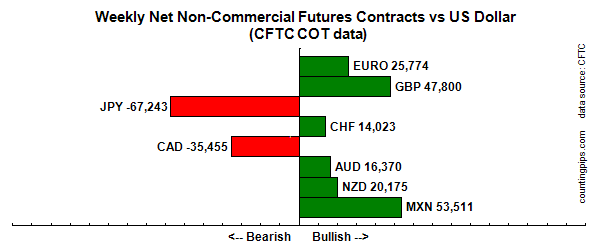



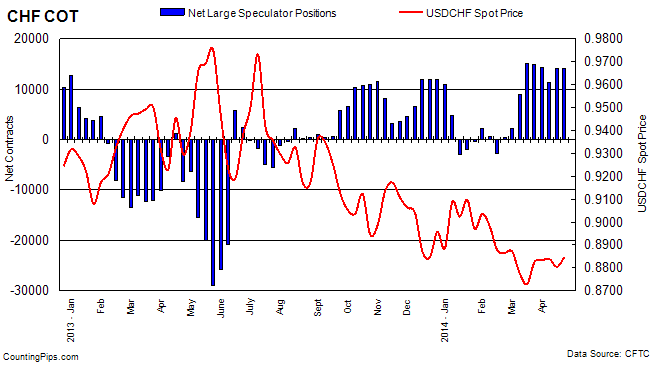
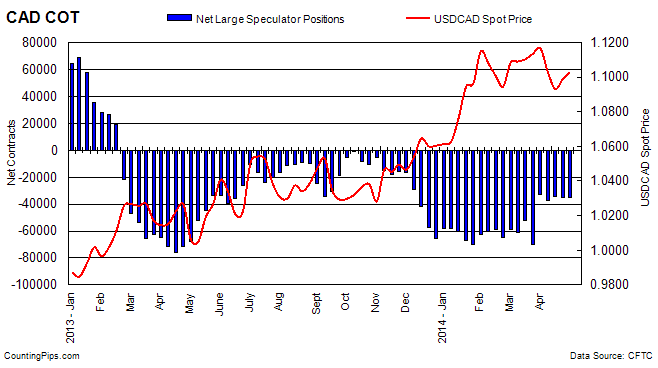
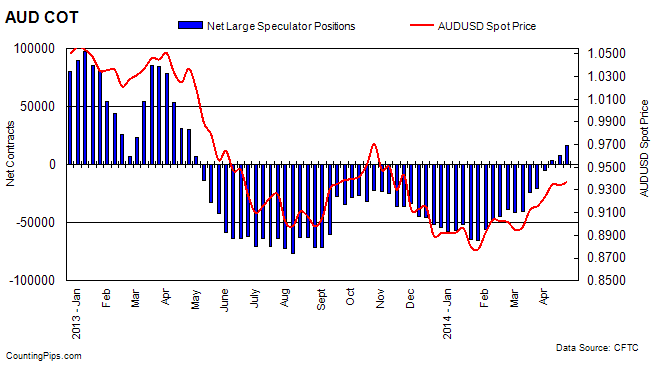
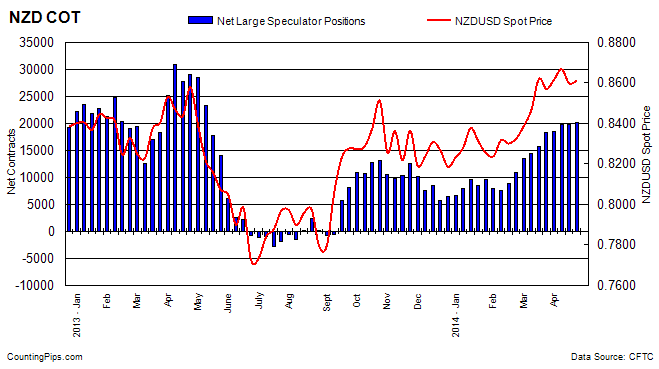

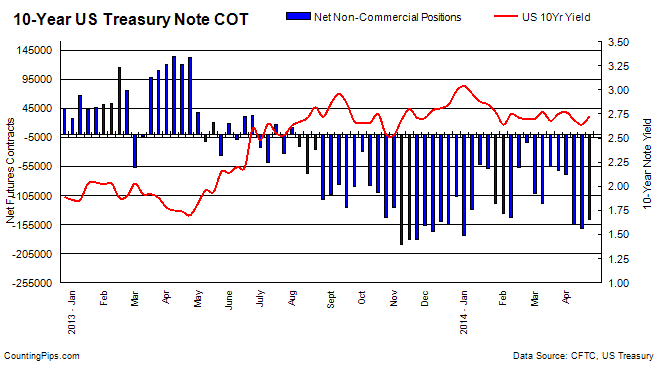
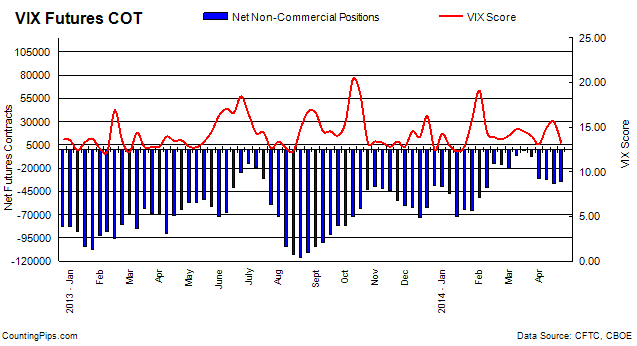

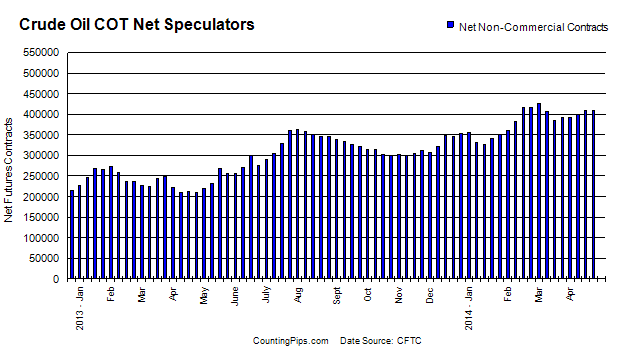
 There is no justification for the United States to be interfering in the internal affairs of Ukraine or Russia. We are antagonizing a nation with a formidable military and newfound wealth via growing energy exports. Digging deeper, it seems clear that the U.S. involvement is nothing more than geopolitical positioning and a desperate attempt to save the world reserve petrodollar.
There is no justification for the United States to be interfering in the internal affairs of Ukraine or Russia. We are antagonizing a nation with a formidable military and newfound wealth via growing energy exports. Digging deeper, it seems clear that the U.S. involvement is nothing more than geopolitical positioning and a desperate attempt to save the world reserve petrodollar.



